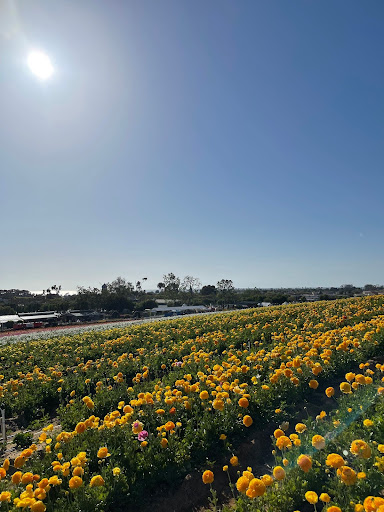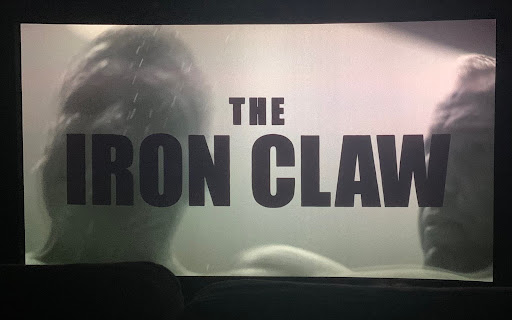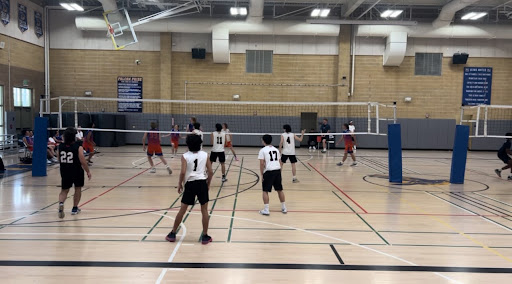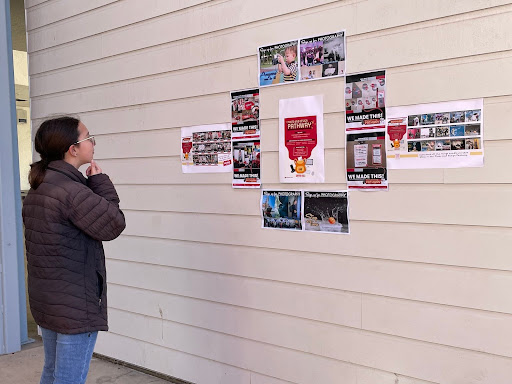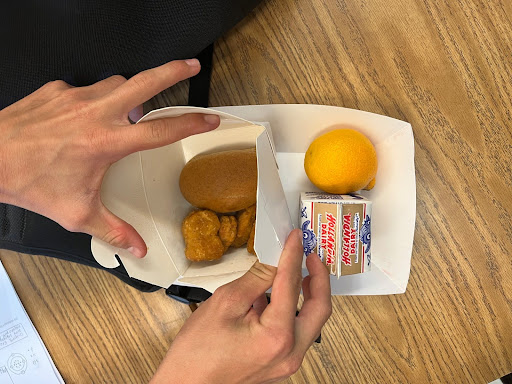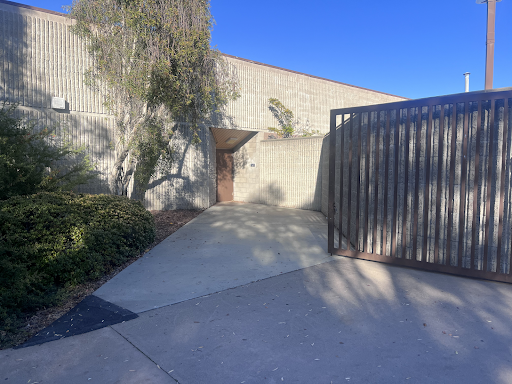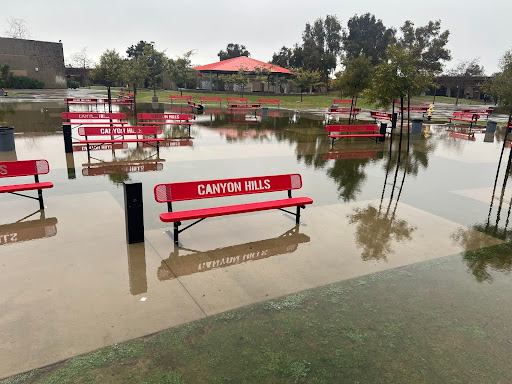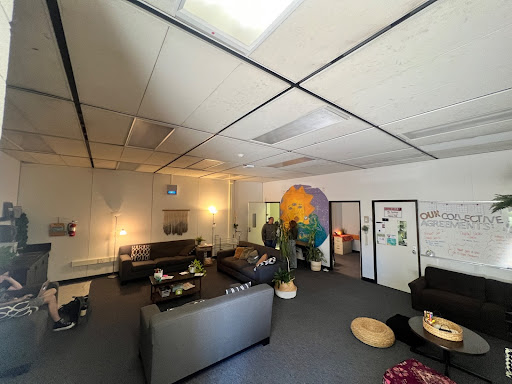Prolonged drought in California is only amplifying the ongoing Western water crisis
Need to Know:
- California has entered its fourth straight year of drought.
- The heat and dryness of the state is only going to increase with aridification.
- The Colorado River, a major water source for over 40 million people including the state of California, is in bad shape.
- We need to conserve water and do something about these problems in order to save our region.
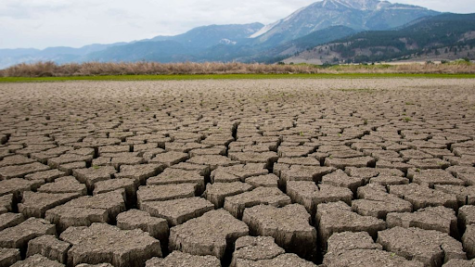
Cracks forming in the ground in Nevada due to lack of water. (ABC News)
California has always been notorious for its extreme heat and disaster problems. With the large amount
of wildfires that happen every year, record-holding earthquakes, the recent heatwave that has hit the west coast, and the long history of droughts, citizens have had to get used to the hot and dangerous land of the state. While wildfires and earthquakes are always being discussed, the droughts that impact California are often more ignored in the list of issues that are caused by climate change.
Not even a decade ago, California suffered through one of the worst droughts in its history from 2012-2016. According to the official California Department of Food and Agriculture drought report, the severity of the drought left many rural communities without water, cost thousands of farmers their jobs, pushed multiple fish species towards extinction, and created weather conditions that “fueled some of the most catastrophic wildfires in state history.” Nowadays, with the end of the last water year on September 30, it has been predicted that the current drought is going to continue on for a fourth consecutive year.
“We’re basically having droughts that are disrupted by wet periods,” said John Abatzoglou, a professor of climatology at UC Merced, to Visalia Times Delta.
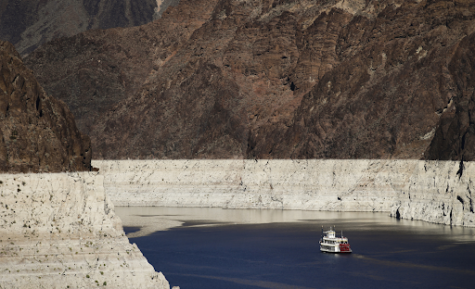
While droughts in California seem common, they aren’t good for our environment at all. The lack of rainwater and increasing temperatures make the weather feel really hot and dry. This type of weather increases the effects of other climate issues, and with the recent heat wave, the heat has been considered to be one of the worst experiences for people this year, especially considering the power cuts and outages.
“Me specifically, I [wasn’t] affected that much, because we have air conditioning and solar [power] so we can afford to keep the house cool,” said CHHS junior Robert Nash. “It [wasn’t] as bad as I think it was for some other people.”
Unfortunately, with the lack of precipitation continuing in California, it is considered unlikely that water resources and reservoirs for the state will recover quickly. Multiple sources have stated that scientists have started to move on from the term “drought,” as according to climate scientist Brad Udall, we are beyond treating these problems like something that will eventually pass, if they ever will.
“This isn’t a drought, it’s something else,” stated Udall to Steamboat Pilot. “Myself and other scientists are trying to use a different term: aridification.”
Merriam-Webster defines the word aridification as “the gradual change of a region from a wetter to a drier climate.” At the moment, scientists are using this word to describe California because of the lack of rainwater, which is only increasing the currently ongoing water crisis, as the Colorado River, which flows through several states from California to Colorado, is currently in dire shape.
The Colorado River is extremely important to the citizens of California. It is one of the main water sources for us, and without it, we would not have nearly as much water as we currently have, as the river provides about one third of the water supplies for the state, especially the southern region. According to a chart illustrated by the Public Policy Institute of California (PPIC) Water Policy Center, California uses up 27% of the lower basin, which is the largest percentage compared to the other users of the river.
In total, it is a major water source for over 40 million people; spread across “seven Western states, over thirty Native American tribes, and into Mexico” (Steamboat Pilot).
Nowadays, with water levels becoming so low, and the droughts causing a lack of rain/snow to fill it back up, water is becoming scarcer. This is dangerous for all the people that rely on the river for water. For California, the effects of increasing temperatures and scarcity of water are leading to worse wildfires burning and a lack of resources to put them out. Additionally, with the ash and dirt left behind by these fires, water sources have been known to be contaminated with it, poisoning the resources that are already going scarce.
“When we put [fires] out, we become less aware of them,” said hydrologist Kevin Bladon of Oregon State University. But from a water perspective, “that’s when all the problems start.”
The Colorado River’s decline has already started leaving impacts on the West, especially California. The state as a whole is already hot and dry, and with aridification, the conditions are only going to continue to get worse.
“This is our new climate reality, and we must adapt,” Department of Water Resources Director Karla Nemeth said in a statement. “As California transitions to a hotter, drier future, our extreme swings from wet and dry conditions will continue.”
Not everyone is happy with the idea of conserving water. Besides the obvious, aka climate change
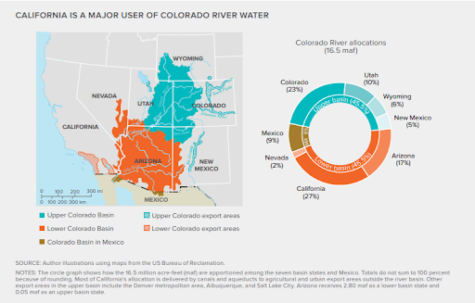
deniers, there is also another problem: farmers.
About 70% of the water from the Colorado River is used by farmers for agriculture. These farmers all have a certain amount of water they are allowed to use for their land. While they, by law, have legal right to use the water, pressure from the federal government is calling for them to cut the usage, and not everybody is willing to give it up. In the water episode on Last Week Tonight with John Oliver, John Oliver talks about an Arizona farmer who, in an attempt to keep the amount of water they’re allowed to use, started farming alfalfa. Alfalfa is a plant that, when healthy and well-fertilized, “may use as much as 8 inches of water from the soil, in addition to 4 to 6 inches of water supplied by irrigation and rainfall before the first cutting” which adds up really quickly when it comes to water numbers (University of Nevada, Reno). While it is perfectly fair for the farmer to not want a water cut, they are going about it in a selfish way.
Everyone is going to eventually be impacted by this, and the water used to farm alfalfa could instead be used for something else, such as crops that people demand. Regardless of the solution, we all need to stop being selfish. In order to stop this problem, everyone is going to have to do their part.
Instead of fighting and being selfish, we need to work together to solve this problem, both as individuals and as a community.
“I think a big part for us, as individuals, personally, is how we vote for policies,” said CHHS chemistry teacher David Lee. “Cause, we can do things, but there’s only so much we can do as individuals. A bigger part is, you know, stopping industries or agricultural societies from consuming so much water. It’s just like with pollution. Yes, we can do things, but oftentimes it’s the corporations that end up doing more [damage].”
We need to encourage more people to stand up, bring awareness, and resolve problems that we are unable to as a community. Our community is full of many individuals, and if we work together, we could help this and other climate related issues before it’s too late.
“There are definitely some things we can do,” stated Nash. “Like, each individual can conserve water, and make sure they’re not wasting water, like [turning] the water off when you brush your teeth. I also think the school can help by not leaving their sprinklers on all day.”
Your donation will support the student journalists of Canyon Hills High School. Your contribution will allow us to purchase equipment and cover our annual website hosting costs.

Jasmine Tran, the entertainment editor, is a junior at Canyon Hills High School. She loves writing, reading, filmmaking, and Taylor Swift. She is socially...

